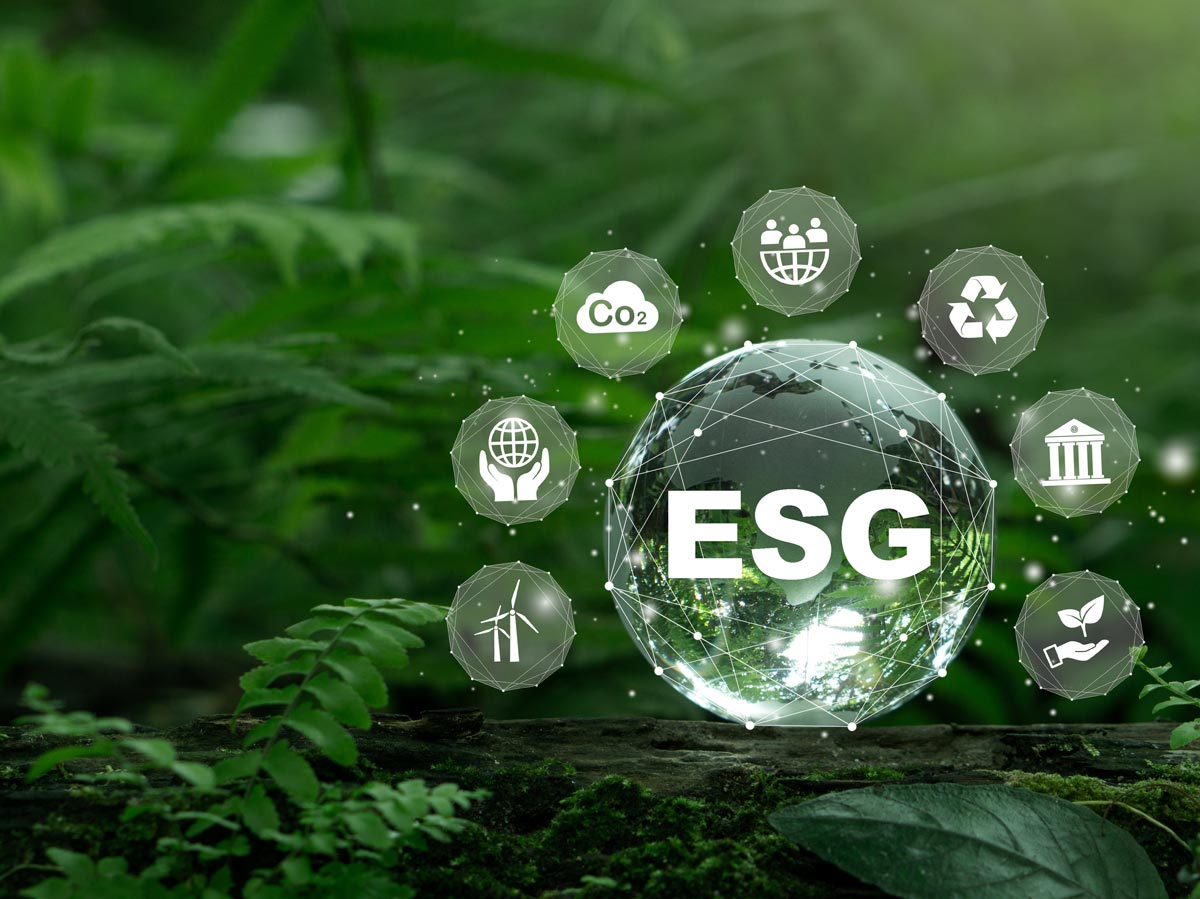EMERGING NEEDS FOR QUANTIFICATION OF SOCIO-ECONOMIC AND ENVIRONMENTAL DAMAGES
International business practices are increasingly responsive to Environmental, Social, and Governance (ESG)
concerns.
 Non-pecuniary interests of consumers, investors, and other stakeholders are now routinely reflected in contractual terms.
Non-pecuniary interests of consumers, investors, and other stakeholders are now routinely reflected in contractual terms.However, supranational jurisprudence of ESG impacts is in its infancy. As a result, treaties
governing international business disputes are evolving to reflect a growing concern with ESG performance.
As a consequence, arbitral proceedings are increasingly requiring novel methods to quantify socio-economic and environmental damages alleged in ESG-related claims.
Recent proposals to modify the Energy Charter Treaty (ECT) are illustrative of increased pressure on international adjudication frameworks to account for the importance of ESG concerns.
First signed in 1991, the ECT established a framework to protect investors seeking to satisfy Europe’s growing demand for energy resources.
The requirements of the agreement (which include environmental impacts, effects on cultural heritage, and socio-economic conditions resulting from energy-related activities) reflect the political and social priorities of the time.
For example, Article 19 of the Treaty requires contracting parties strive to minimize harmful environmental impacts in an economically efficient and cost-effective manner. 1
As originally drafted, the ECT subordinates environmental protection to investor protection and trade liberalization provisions. 2
Presently, many signatories to the ECT consider the Treaty incompatible with ambitions to address environmental risks associated with climate change. 3
Following a failed attempt to ratify a modernized treaty, the European Commission has proposed that “the EU, its Member States, and Euratom withdraw from the ECT in a coordinated and orderly manner”. 4
As private contracts evolve to incorporate ESG priorities of investors and consumers, and as investment treaties evolve to accommodate ESG interests of states and citizens, many arbitral hearings will require quantification of socio-economic and environmental (SEE) damages.
Our testimonial experience illustrates how to do so. Our team of IAG experts were engaged to determine SEE damages in a mass transport infrastructure project dispute. Specifically, we were commissioned to determine the quantum of SEE damages resulting from delays in the provision of urban public transport services.
Unlike well-established methodologies for valuing commercial and financial assets belonging to companies, standards, calculation methodologies, and units of measurement 5 for determining SEE)damages concerning externalities or public goods are still evolving.
1 ECT, Article 19 (1).
2 Eckes, Christina, 22 February 2023. “The Autonomy of the EU Legal Order: The Case of the Energy Charter Treaty,” Amsterdam Centre for European Law and Governance. Amsterdam Law School Research Paper No. 10, 2023, p. 10. < https://papers.ssrn.com/sol3/papers.cfm?abstract_id=4362209, downloaded 6 August 2023>
3 European Commission, Directorate-General for Energy, 7 July 2023, “European Commission proposes a coordinated EU withdrawal from the Energy Charter Treaty.” < https://energy.ec.europa.eu/news/european- commission-proposes-coordinated-eu-withdrawal-energy-charter-treaty-2023-07-07_en, downloaded 7 August 2023>
4 Ibid.
5 International Valuation Standards Council< /https://www.ivsc.org/wp- content/uploads/2021/09/Perspectivespaper-ESGinBusinessValuation.pdf
Our approach to identifying which indicators to evaluate, what units of measure to use, how to calculate the main variables and justifying their application in the context of the case to the exacting requirements of an international tribunal was, first and foremost, pragmatic.
- Firstly, the only undisputed facts of the case were the delays in the provision of transport services to citizens, where the baseline metric was the unit of time.
- Secondly, the value of indicators chosen - mobility, accessibility, and Green House Gases (GHG) - had to be measured directly from the unit of time.
- Thirdly, the quantification of damages using social values including social value of time, social price of currency and social cost of carbon, had to be accepted by WB, IBRD, IMF and INE 6 .
- Fourthly, the methodology developed and employed to calculate the monetary value of the SEE damages had to be accepted by all parties in the dispute.
The IAG team developed an algorithm to calculate an “Equivalent Service Day” (ESD) index to be used as a baseline, measuring the unsatisfied demand for transport services experienced by users due to project delay.
The IAG team also assessed several sectorial pricing models, ultimately choosing a social pricing framework as employed to evaluate government-sponsored infrastructure projects inter alia.
The team testified and defended the matter in an international arbitration tribunal, claiming in excess of USD1,5 billion for socio-economic and environmental damages incurred.
The evolution to integrate ESG principles into international investment treaties and IA requires a multi-faceted approach involving legal, institutional, technological developments in which EconONE’s IAG team is already innovating and has provided expert testimony before International Arbitration Tribunals.






